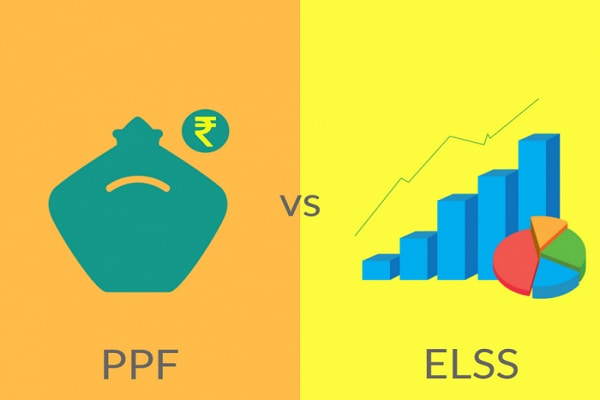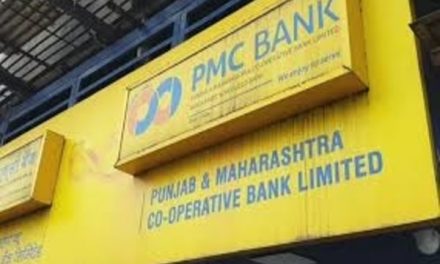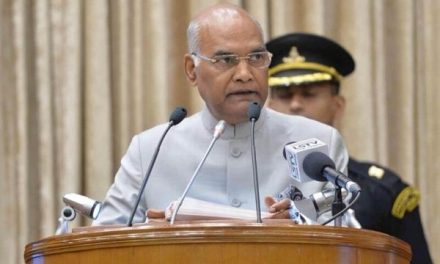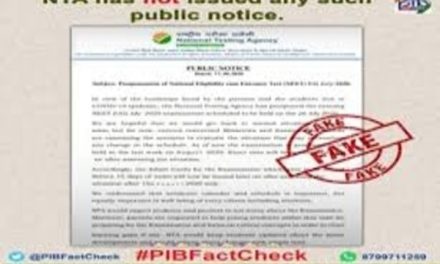ELSS Vs PPF
There are different modes of investment under section 80C besides the traditional insurance schemes and the compulsory EPF contribution. However, there are way too many tax saving options and it could get confusing as an investor to decide how to exploit the maximum tax exemption limit of Rs 1.50 lakh under section 80C.
Two such popular investment options are Public Provident Fund (PPF) and Equity Linked Savings Scheme (ELSS). While most of us look at the tax saving benefits, returns should be one of the major considerations as it helps you decide if the amount saved on tax is worth sacrificing the profit. There are also other factors like tenure of the investment, which we shall explore below.

Features
ELSS, as the name suggests, is equity-linked, which means its performance is market driven. The returns from equity-linked mutual schemes are known to give higher returns when compared to traditional investments.
PPF is more like a voluntary EPF scheme that the government started to encourage residents to save for their retirement. It can also be opened in the name of a minor. Interest earned on it is decided by the government every quarter. The rate was revised from 7.6 percent to 8 percent for the third quarter of 2018-19. One is allowed to make partial withdrawals (up to 50 percent) from PPF after the sixth year of the scheme. You can take a loan against your accumulations in both the schemes. You can get funding up to 90 percent of the accumulation in case of PPF and up to 50 percent in the case of ELSS.
Returns
ELSS has given higher returns to investors when compared to PPF in the past. It could range from 12 to 30 percent. However, unlike the rate of return on PPF, it is not guaranteed and is based on the performance of the stock market.
PPF, on the other hand, is backed by the government, which means that your investment is safe and interest promised will be received.
The choice of the scheme depends on the investor’s goals. How much time they are willing to wait and the amount to the risk they are willing to take. Also, the reason to invest in the instrument could vary. Which means that if you are planning to save for a car, ELSS should serve you better than PPF which can be used to pay for your child’s education.
Time horizons
ELSS has a minimum lock-in period of 3 years with no premature withdrawal. PPF has a lock-in period of 15 years with 50 percent withdrawal allowed after the completion of 7 years. Both the schemes can be extended at the time of maturity.
Tax Benefits
The one major factor to make a comparison of the two instruments is that they both enjoy the EEE (exempt-exempt-exempt) tax status. It means that tax is exempted from the schemes at the time of investment, accumulation of interest as well as withdrawal. However, in case of ELSS, from the year 2018-19, the returns, which becomes long-term capital gain after 3 years (since it is equity-linked) will be tax-free up to the extent of Rs 1 lakh only. Beyond Rs 1 lakh, it will be taxed at 10 percent.
Since both the exemptions come under section 80C, the investment towards the schemes per year needs to come within the Rs 1.5 lakh bracket every year.







